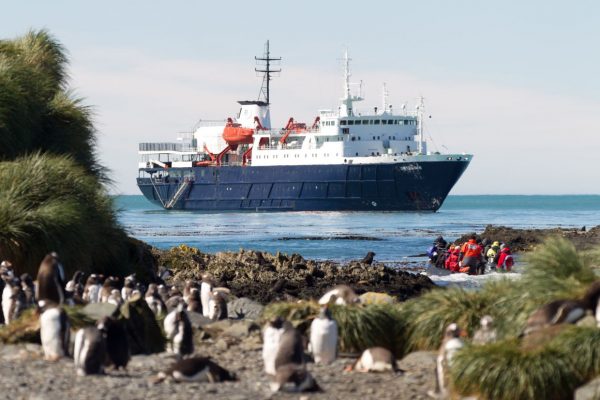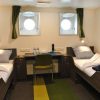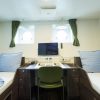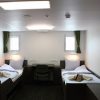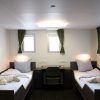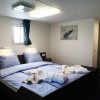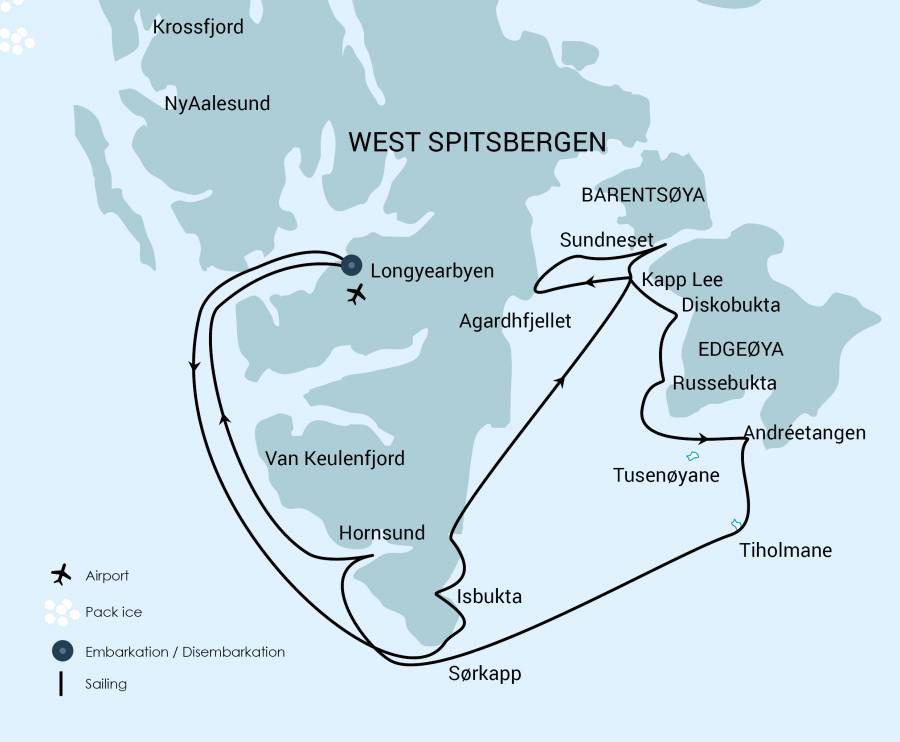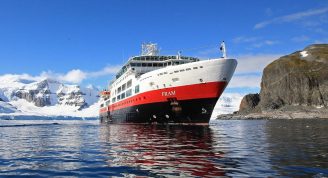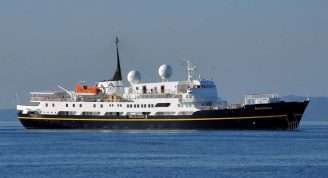Description
This is a voyage, with a group of scientists on the ship, who will follow-up on the investigations which Dutch researchers began on Edgeøya in the 20th century. Academic voyage organized by the Dutch University of Groningen to the Island Edgeøya south of Spitsbergen. Voyage dedicated to science and research.
We cruise north to Diskobukta on the west side of Edgeøya. After a Zodiac cruise through the shallow bay, we land at Blankodden on a beach littered with whale bones and tree trunks. During the breeding season, the base of the cliffs is patrolled by Arctic Fox and Polar Bear, searching for young birds that have fallen from the nesting ledges.
At Andrétangen we have a good opportunity to observe a herd of Walrusses near an old trapper station. Some way inland near a lifted shore in a surf zone from thousands of year ago we find the skeletons of stranded whales from that time.
Hornsundtind rises to 1,431m, while Bautaen shows why early Dutch explorers gave the name ‘Spitsbergen’ – pointed mountains – to the island. There are also 14 magnificent glaciers in the area and very good chances of encounters with seals and Polar Bear.


